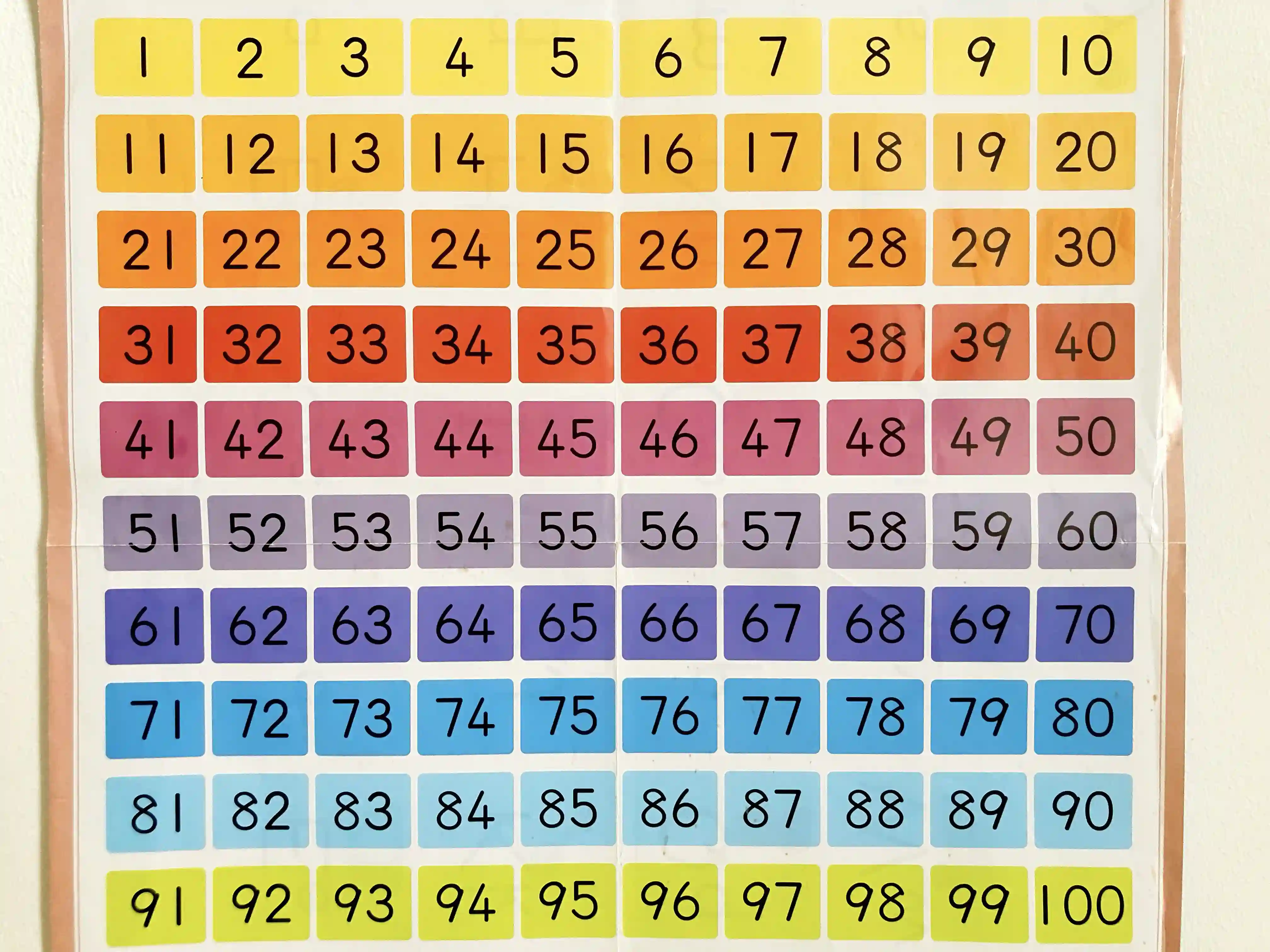Kodeclik Blog
Is X a prime?
Have you ever wondered if a number is special because it's only divisible by 1 and itself? Well, that's called a prime number! Figuring out if a number is prime can be like solving a little puzzle. We can use a method called systematic enumeration to find out if a number, let's call it "X," is prime.
Checking if X is prime by systematic enumeration
First, we need to recap what factors are. Factors are numbers that divide evenly (ie not fractionally) your given number. For example, the factors of 12 are 1, 2, 3, 4, 6, and 12. So, to check if X is prime, we will look for factors other than 1 and X.
Now for the fun part: systematic enumeration. Start by taking a deep breath and being patient. You're going to try dividing X by all the numbers from 2 to X-1 (excluding 1 and X). If X is divisible evenly by any of these numbers (meaning there's no remainder), then it is not prime. But if you go through all these numbers and none of them divides X evenly, congratulations! X is a prime number!

For example, let's say we want to check if 7 is prime. We'll divide 7 by 2, 3, 4, 5, and 6. None of them divides 7 evenly, so 7 is indeed a prime number.
So, the next time you encounter a number and wonder if it's prime, just remember to use systematic enumeration. If none of them work, you've found yourself a prime number! You can be a little bit smart about it: you do not have to go all the way till X-1. You need only go till the square root of X. But there is no harm or nothing wrong in checking till X-1 if you do not know what a square root is.
Checking if X is prime by the Sieve of Erathosthenes
A second method is called the Sieve of Eratosthenes, a really ancient way for finding all the prime numbers up to a certain limit. It's like a magic trick that helps us quickly figure out which numbers are prime and which are not. This method is named after an ancient Greek mathematician named Eratosthenes, who lived more than 2,000 years ago.
Here's how it works: Imagine you have a big list of numbers from 2 to a certain limit, like 100 or 1,000. To find the prime numbers in that list, you start with the number 2, which is the smallest prime. Then, you cross out or mark all the multiples of 2 in the list, like 4, 6, 8, 10, and so on, because they can't be prime since they're divisible by 2.
Next, you move to the next unmarked number in the list, which is 3. Since 3 is not marked, it must be prime. So, you keep it as a prime number and then mark all its multiples like 6, 9, 12, and so on. You repeat this process, moving to the next unmarked number and marking its multiples until you've checked all the numbers in your list. The numbers that are left unmarked at the end are the prime numbers!
The Sieve of Eratosthenes is a fun and efficient way to find prime numbers, and it's a bit like playing a game of numbers. It helps mathematicians, scientists, and even computer programs find prime numbers quickly, which is important in many areas of math and science. So, next time you see a list of numbers and want to know which ones are prime, you can use this ancient method just like Eratosthenes did so long ago!
Checking if X is prime using Python
You can write programs in Python to implement the above ideas. Alternatively, you can just use libraries created by others and the functions inside these libraries to determine if a number is prime. It's a cool way to use math and coding together!
Applications of Primality Testing
Prime numbers are the building blocks of the integers. Understanding and identifying primes helps mathematicians explore the deepest recesses of number theory, addressing questions about the distribution, density, and properties of primes. The Riemann Hypothesis, one of the most famous unsolved problems in mathematics, relies heavily on prime numbers, making primality testing an essential tool for advancing our understanding of the mathematical universe.
Beyond the realm of pure mathematics, prime numbers play a critical role in computer science and cryptography. Cryptosystems such as RSA rely on the difficulty of factoring large composite numbers into their prime components. By confirming whether a number is prime or not, we can assess the security of encryption schemes, safeguarding sensitive information in digital communication.
Prime numbers are also used in random number generation, essential for secure password generation, gaming, and statistical simulations.
In overall, the ability to determine primality has profound implications, spanning from the foundations of mathematics to the security of digital communication and the reliability of computer algorithms, making it a crucial operation with enduring relevance in today's world.
Practice Problems
If you are with us this far, checkout the below questions to practice your prime hunting skills. Try them yourself before clicking on the answer!
Interested in learning Python? Sign up for 1:1 or small group classes.